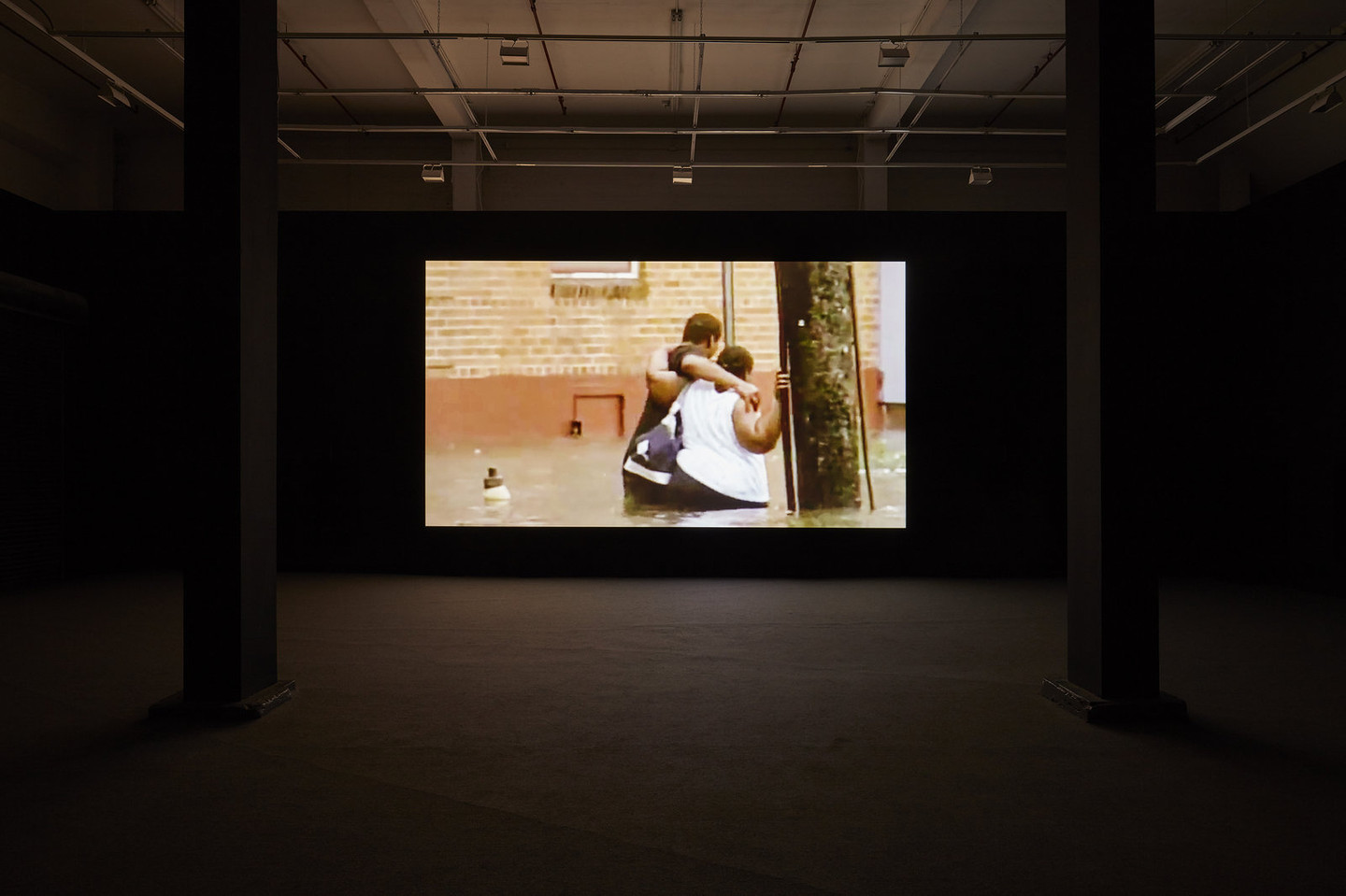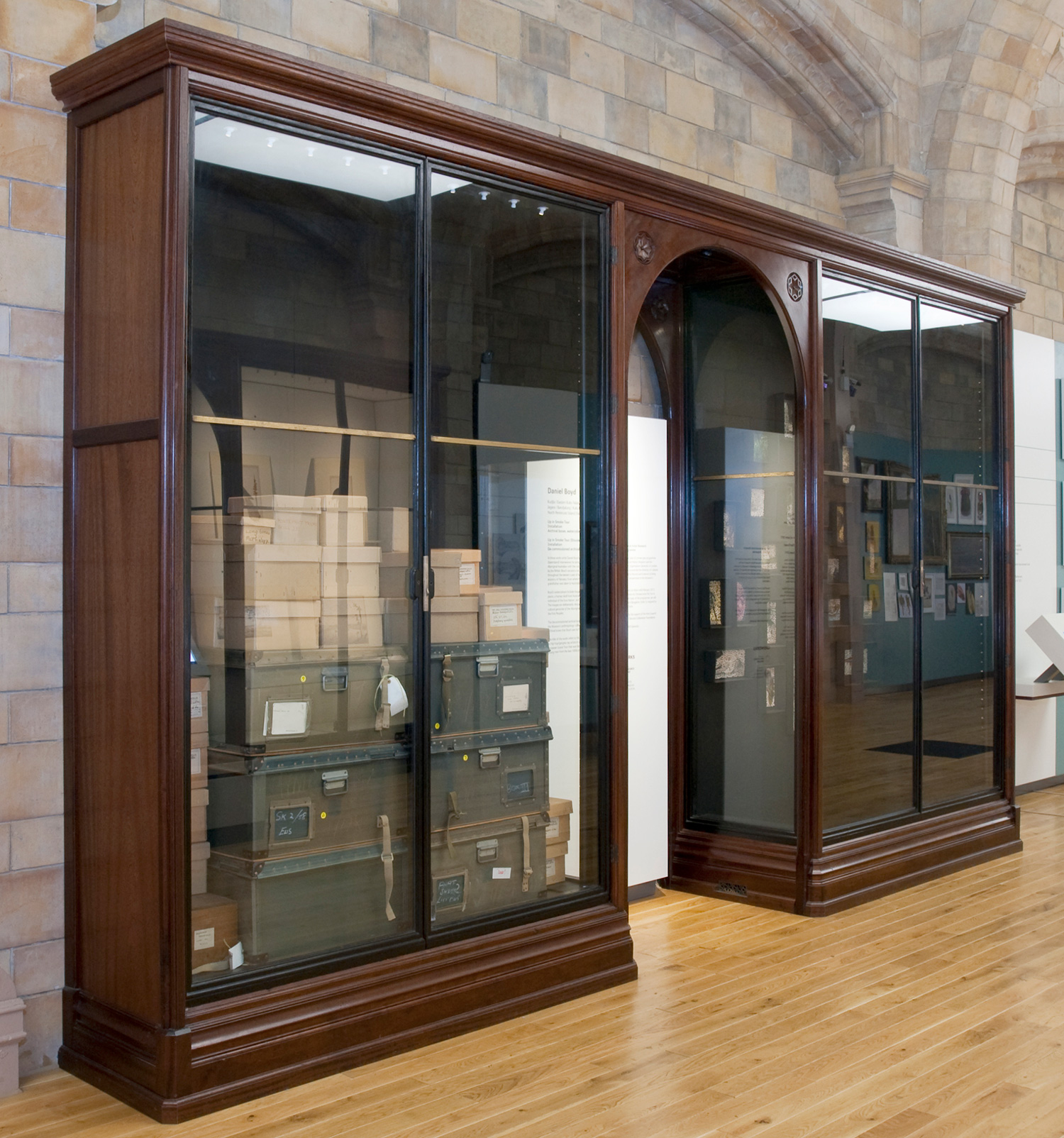Media Studies
Situated in the Royal College of Art School of Architecture and welcoming a student cohort from across multiple spatial design disciplines, Media Studies provides a rigorous and granular examination of historical and contemporary methodologies of media research and practice. Our goal is to increase critical engagement with media and we achieve this through lectures, tutorials, and workshops in which ideas are tested and implemented in new innovative projects and proposals. Further, Media Studies is specifically interested in non-representational forms of media, stepping aside from traditional architectural media such as scaled drawings, models, and renderings, and instead focusing on the research and creation of discrete media objects.
In other words, this unit is not interested in media that represents projective or speculative buildings or environments. Robin Evans famously stated that “architects don’t build buildings, they make drawings”1, an architect’s language is that of the drawing or the representation of a building or space, not the actual building or space. Today, we could expand this observation to include other contemporary representative media types such as digital environments, static and dynamic analogue and digital renderings, or video and moving image, but the idea remains the same. Similarly, the media produced by spatial practice students is explicitly representative of a projected city, building, interior, or condition. The media used to describe the project is not the building (or interior or city), it is a scaled representation, an abstracted approximation. The assembled representative media provides those with fluent in this language to interpret these abstractions and conflate the various drawings, models, or images into a mental approximation of the final construction. All of this is a complex, discipline-specific media process based firmly in representation.
Media can also be non-representational.
For example, a photograph could be interpreted as a non-representational, discreet media object because in most cases a photograph is not a photograph of projected future photograph. The photograph can be read as a unique object with its own embedded knowledge and whose context is dependent on where it is located at the time. The photograph is. Similarly, a painting, a performance, a handmade book or an illustration is rarely – if ever –attempting to approximate the intention of another media type. An architectural drawing is representing a building to be built in the future, and only exists as a stand-in for that building. Whereas the painting, the performance, the book is not suggesting another media object, they stand only for themselves. While there are always exceptions to these rules, in Media Studies we will endeavour to make work that is non-representational.
What does this mean and why is it important? The function of Media Studies is to provide a space where media experimentation can take place outside of the design studio and its demands for representational media. To do this we must first establish what is unique from the design studio and how and why we are making media. The projects that emerge from Media Studies are the result of the lectures and tutorials combined with the research brought by our staff whose broad range of expertise will provide a productive guide through this process of media exploration and expansion.
Media Studies will challenge you to create discreet media objects (film, books, sculpture, performance, text, photography, digital objects or environments, exhibitions, situations, etc.) that are representative only of themselves, whose meaning resides in the media. We will research non-representational media and the artists, designers, architects, and theorists that make and write about such work. We will create projects that challenge and strengthen those positions. We will experiment with media for the sake of the media. We will investigate the emancipatory possibilities of media. We will create projects that sit between, outside, or in opposition to disciplines, focusing on media as a primary site and material of and for experimentation. We will acknowledge media’s complicity in processes of oppression, colonisation, and imperialism, and we will work to challenge and contest these realities. These are challenging goals and will require research, practice, and iteration.
2020/21 Course Description: On Compiling

Installation view of Arthur Jaffa, "Love Is the Message, the Message Is Death" (2016) Gavin Brown’s Enterprise, New York / Rome.
Each year Media Studies chooses a broad theme to explore across the subject. This year – our fifth – we will turn our focus onto the act of compiling: grouping or assembling disparate media or ideas to create new relationships through their formal proximities.
American artist Arthur Jafa has said that he has always compiled; that he has “…an impulse to consolidate things that were there, but were dispersed.”2 For Jafa, the act of compiling gives him a starting point for his extraordinary practice that spans film, moving image, and installation. Many of his moving image works use found video clips to create poignant and confronting reflections on the realities of being Black in 21st century America. In his 2016 work “Love is the Message, the Message is Death”, home movies of domestic life are combined with news footage and speeches by political leaders, clips of athletes in action are coupled with videos of police brutality and murder, and popular culture is examined through the juxtaposition of images of extreme violence and extreme joy. In the quote above Jafa uses of the words “consolidate” and “dispersed” to describe his compulsion to compile. This would suggest that the collection of random media objects he has compiled were already a group before he compiled them and they were simply dispersed. It suggests that the relationship between the media objects was already present, but was deconstructed. By compiling the media objects, he takes the individual dispersed images and videos and reassembles them. This is a fascinating idea. This suggests that media has existing imbedded relationships; relationships that are there to be discovered and exposed.
The video clips used in “Love is the Message, the Message is Death” are recognisable to most. These are images that we have seen online or in the news, and in turn, we have already created our own interpretation of them, or we have already affixed meaning on them. By montaging these known images together, Jafa asks us to reconsider our initial reaction to them and, perhaps more importantly, to question why we made those assumptions in the first place.
Jafa’s methodology for compiling is only one of many. Another act of compiling is the process by which a museum or gallery creates a collection of artworks or historical objects. Long before there were museums as such, wealthy individuals displayed their affluence with collections of art and objects that we often stolen from Indigenous sites around the world. These private collections led to the formation of museums, and the violence – both physical and cultural – follows these objects and becomes embedded in the institutions that house them.

Daniel Boyd, "Up in Smoke Tour (Disused Skull Boxes)", 2011. Courtesy the Natural History Museum and Daniel Boyd.
Daniel Boyd, an artist and Kudjla/Gangalu man from North Queensland Australia, confronts these violent moments of invasion and colonisation in his broad practice that includes painting, installation, architecture, public works, and more. Boyd often uses found imagery from colonial Australia depicting not only the British colonisers but also the imagery that they created when documenting Indigenous peoples that they encountered. He creates new paintings and installations that address the violence inflicted upon Aboriginal and Torres Strait Islander people by British colonisers.
In 2011 Boyd participated in a residency at London’s Natural History Museum. During his residency he focused on the slower and perhaps less visible violence that exists hidden in the museum’s archives. The Natural History Museum includes a “collection” of over 20,000 specimens of human remains, hundreds of which originate from Aboriginal and Torres Strait Islander people. During Boyd’s residency, he discovered that the museum was in the process of re-boxing its vast collection of human remains. Boyd repurposed the boxes used by the museum to store the remains into framing devices for his paintings and as objects of art unto themselves. Boyd’s acts of reappropriation offered museum visitors an unusual glimpse into the necroviolence of the museum’s collections by placing objects that are normally hidden in archives and storage facilities into the public’s line of sight. Boyd turned the collection – and therefore the methods by which they were compiled – inside out.
The preceding examples by Arthur Jafa and Daniel Boyd utilise different media types and methodologies but share an intent to expose highly personal connections to violent histories through the act of compiling (among many other things). They use non-representational media to create an experience that is unique for those that may not be familiar with the issues at hand. The work of both artists directly confronts the violence of colonisation and participates in the struggle against it.